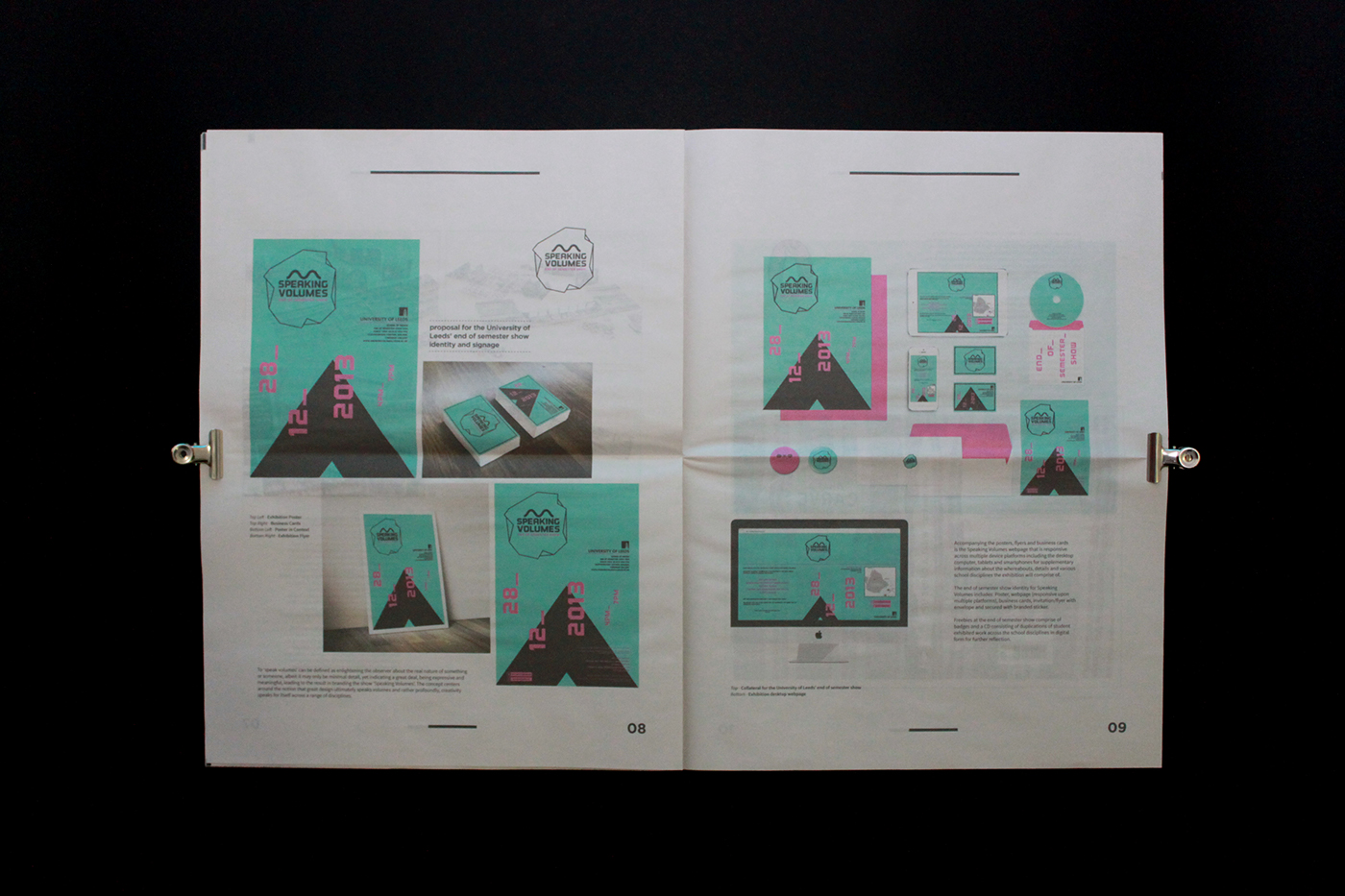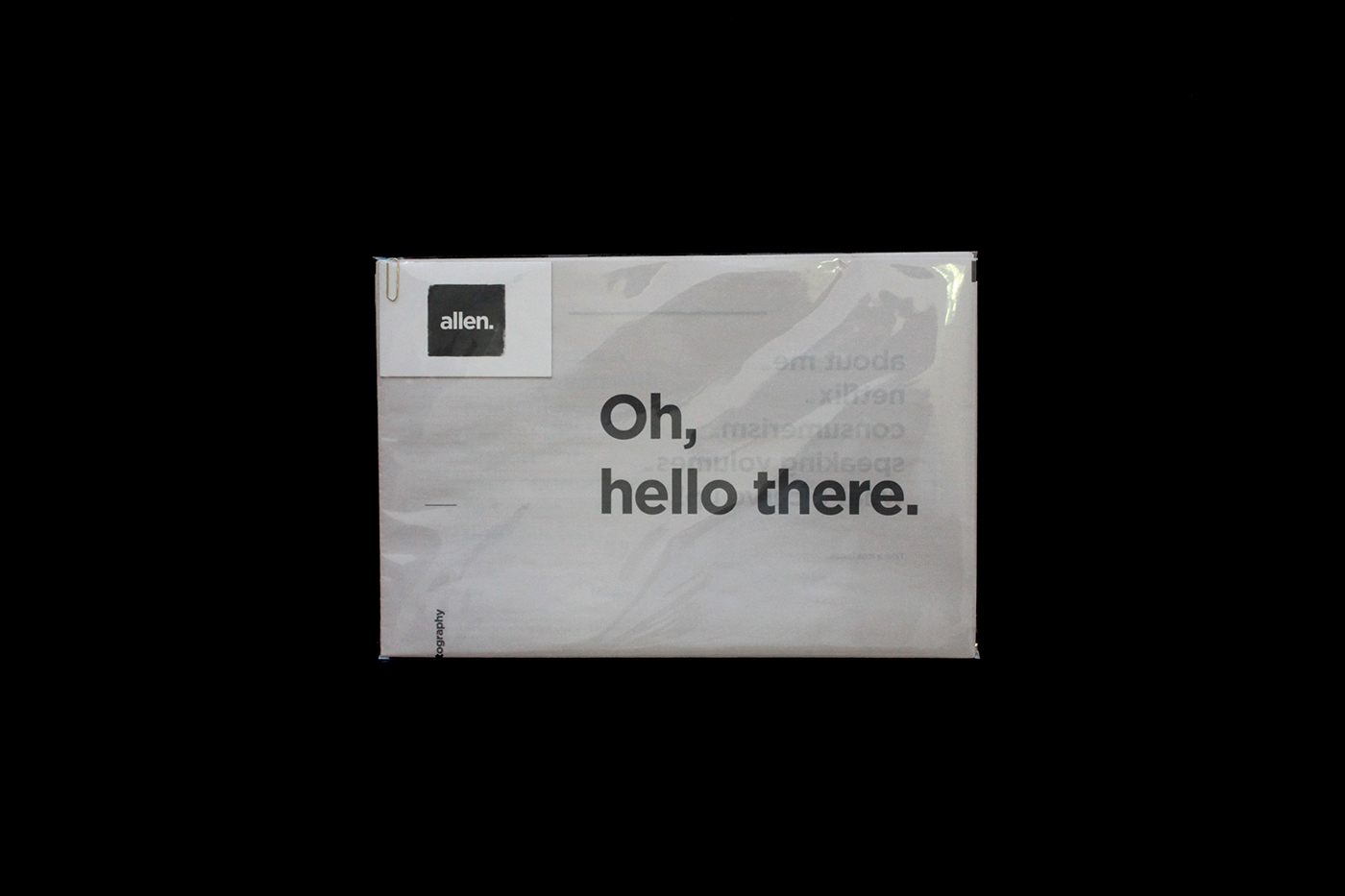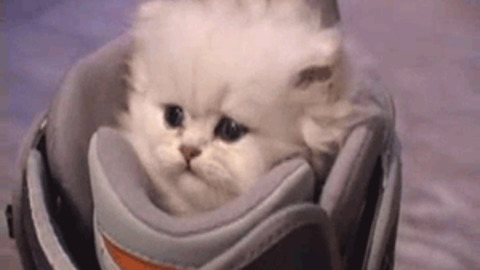Q: What is your name and position within
Incisive Media?
A: My name is Emma Gibbs and my position is
design manager.
Q: What are your responsibilities within
the design team?
A: Firstly I manage the team, work on the
appraisals and make sure the team is hitting their targets. I liaise with
internal clients about processes and briefings. I art direct the team and
making sure the branding is consistent and quality of work is up to standard.
Lastly design, it can be anything from creating new identity, rebrand, ad campaign,
logos, brochure, signage and also art working.
Q: Did you study Graphic Design in six form
or university?
A: At school, art and design were always my
favourite subjects and at A levels I studied fine art and Graphic Design, from
that I decided Graphic Design was the way to go as I was more likely to get a
job. I did art and design in foundation at college and that was for a year and
decided from there it was Graphic Design because in foundation you do a verity
of different things and then have to specialize. From that I went on to do a
degree in Graphic Design and Illustration at university of Hertfordshire.
Q: Has your degree helped you within your
career?
A: I was defiantly worth doing a degree; it
built my confidence and knowledge in being a designer. We had speakers and
lecturers from design agency’s come into the university and that was really
influential and set the standards of what I would like to achieve in the
future, where I’d like to be and I found that really helpful. Also criticism
from your peers and tutors and building from your ideas, the process of
starting from something small and build up to your final outcome and go through
that whole process at a high level then at A level. So, in return it helped me
when I got my first job.
Q: What do you love about your job?
A: The aspect I love most is designing,
starting out as a junior designer you’re designing all the time and gradually
as you progress from middleweight to senior and now managing the team you end
up doing less designing. When you start managing the team you end up designing
less and instead doing more appraisals, helping other people and meetings but
when I get a nice creative project that’s the favourite part of my job.
Q: Do you sometimes wish you were back at a
middleweight or senior position?
A: In a way, but now I get more control
over the projects I get to work on. It also depends if you want to purely be a
designer or you want to earn more money. In this company if you want more money
then you have to mange more people.
Q: What types of jobs does the design team
work on?
A: The design team work on a variety of
different jobs, it could be anything from a rebrand, a new event that needs
branding, an ad campaign that needs promotion for a new product or it could be
art working with projects that keep coming up with new amends. We have a one
big team of designers, half of which are art workers so that’s how we split the
work. The work is for a range of print, digital and online so it could be
something to go into a magazine, signage that’s printed or a series of web or
app ads and brochures.
Q: How many people are in the design team?
A: We
have seven full time staff and we have up to around 4 freelancers who help out
on a semi to permanent bases.
Q: What’s it like working within an
internal design team?
A: It has its challenges; we found that
design isn’t always seen as the most important aspect as it’s mainly revenue
and sales that are more important. Design can be seen as an after thought but
through training with the other teams and showing them what we can do we’ve
improved the position of design and have explained to them that if they’ve got
a good design and the concept was well thought out then that’s something that
will improve their revenue and will stand out from their competitors who are
just churning out the same stuff.
Interviewer
then replied: So you could have more flexibility and not always being
restricted to brand guidelines.
There are restrictions, for each of our
events is aligned to a publication and each publication have their own
guidelines so you’re restricted to what fonts and colours you can use but
that’s similar to any kind of brand but because we’re a B2B business then you
can be restricted by creativity, they (marketing teams) always want to play it
safe and not go for the creative option but occasionally we do get the chance
to push the boundaries and we’re always trying to do things that are more
creative.
Q: Is there sometimes a clash between
designers and clients?
A: There is a bit of a fight usually, we
get a lot of marketing people who like to believe they are also designers and
they know what’s right but usually if we give them examples and explain to them
why we’ve done things. Going back to the question about being at university,
having to explain your concepts and ideas and why you’ve done certain things to
your tutors and peers really helps later down the line to express your ideas to
the clients. If there is a reason why you’ve done something then usually
marketing will take your opinion on board.
Q: If you were hiring, what would you look
for in a designer?
A: There are three things I look for. One
would be personality and fitting in with the rest of the team because you need
to work in an environment where everyone can hopefully get along. Then you have
the quality of work, your portfolio to see what standard of quality you’re at
and thirdly would be experience but that all depends what role you were going
for. If you was someone who was going for a graduate position then we wouldn’t
necessarily be looking for a lot of experience but for a position like a
middleweight then we would expect you to have a pervious job and experience for
a certain amount of time and the quality of work to be a lot better.
Q: If you could give your younger
self-advice, what would it be?
A: I would tell my younger self firstly to
take university more seriously and to concentrate more on the lectures as well
as meetings with tutors and making sure to take everything onboard. That’s very
important as it’s meant that later along the line either though I learnt a lot
from university I have to keep going back over things to make sure I know what
I’m talking about. You need to keep up to date and constantly need to learn new
things and go back over what you’ve learnt.
Q: Looking back, are there any skills you
wished you had gained?
A: When I was at university we didn’t
really touch upon coding, as there was still a separation between print and web
design. If you wanted to be a web designer then you would do a digital course
and if you wanted to be a Graphic Designer then you would do a print course but
since then I think there’s been a merge between print and digital and now it’s
important to at least have a basic understanding of coding. The kind of
projects we do go over print and digital, we’re now using software like edge
animate at the moment were you don’t necessarily need to know how to code but
it’s a added bonus if you do as you can make extra adjustments to things to
improve your work. If you’re doing graphic design today at university I think
it’s quite important to know the basics and if you know more then that then I
think you’ll have a better chance of getting a job in the future. With our
company we’re moving from print to digital at the moment and a lot of our
brochure aren’t getting printed any more as they’ve been made into apps. We have
recently moved to Pug Pig and Wordpress to create apps for the magazine and
know we need to learn how to create ads and brochure to go in the magazines.
We’re going to need to learn HTML5 which we don’t have anyone in our team who
does at the moment so that’s what were going to need to learn and implement
that knowledge across the team to carry on doing our jobs.
We recently hired a middleweight art worker
who had experience in print but also had a interest in animation whereas before
we were just using Photoshop to create gifs as a form of animation but now we
are using other software like edge animate to create that kind of work and he
has been pushing it forward as it’s something he really enjoys doing and by
doing so it’s given us a wider spectrum of possibilities. He is also getting
the rest of the team up to speed with the newer techniques. If you come out of
university with these kinds of skills then you could be quite valuable and if
you end up in a print studio then there’s eventually going to be some kind of
transition to digital.







































